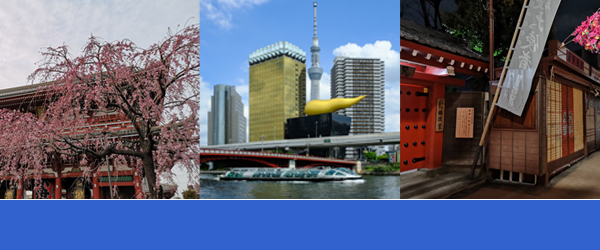When you think of Japanese cuisine, images of sushi and tempura probably come to mind, but there’s a humble dish that has captured the hearts of Tokyoites and visitors alike: ramen. In this article, we will delve into the history of this culinary delight, the different types of ramen you’ll find on the streets of Tokyo, and its significance in the city’s culinary culture.
The Journey of a Simple Soup
The history of ramen in Japan is a fascinating tale of Chinese influences and culinary evolution spanning over a century. The origins of ramen trace back to the 19th century when Chinese immigrants introduced noodles to Japan. In its early days, ramen was a simple dish of noodles served in basic broth, but over time, it has transformed into a globally renowned culinary delight.
Ramen’s popularity surged in the 20th century, especially after World War II, when ramen shops began popping up all over Japan. The simplicity of this dish, consisting of noodles and broth, made it a comforting and accessible meal for the masses. As it spread throughout the country, each region started developing its own version of ramen, resulting in an astonishing diversity of flavors and styles.
Types of Ramen: More than Just Noodles and Broth
One of the most exciting aspects of ramen in Tokyo is the variety of styles and flavors you can find. Here’s a detailed exploration of some of the most popular types of ramen:
- Shoyu Ramen: This is the grandparent of all ramen types. The soy sauce-based broth is simple yet comforting, paired with thin noodles and a variety of ingredients like green onions, naruto (a swirl-shaped garnish), and chashu (roasted pork). Shoyu ramen is an option for those who prefer familiar and comforting flavors.
- Miso Ramen: If you enjoy miso soup, then you’ll love miso ramen. Miso paste is mixed into the broth to give it a deep and savory flavor. It’s often served with corn, bamboo shoots, green onions, and roasted pork. Miso ramen is a flavor-packed delight that will make you appreciate the richness of Japanese cuisine.
- Tonkotsu Ramen: If you’re looking for something heartier, tonkotsu is the answer. This broth is made by simmering pork bones for hours until it becomes thick and creamy. Tonkotsu ramen is typically served with chashu (roasted pork), naruto, and a slow-cooked egg that melts in your mouth. Every spoonful is an explosion of flavor and texture.
- Tsukemen: Why settle for dipping noodles into the soup when you can have an extra-concentrated broth for dipping the noodles separately? Tsukemen is an intriguing variation of ramen where the noodles are served cold and dipped into a dense, highly concentrated broth. This ramen style is ideal for those who enjoy intense flavors and want to control the amount of broth with each bite.
- Spicy Ramen: For spice enthusiasts, spicy ramen is an experience you won’t want to miss, unless you can’t handle the heat, in which case, you should definitely try it. Spicy ingredients like chili oil or kimchi are added to the broth to give it a bold kick. It’s often paired with roasted pork and other ingredients to balance the spiciness with richness and texture.The Significance of Ramen in Tokyo’s Culinary CultureRamen isn’t just a dish to satisfy hunger; it’s an integral part of Tokyo’s culinary culture. Ramen shops are places where people gather to share a quick and comforting meal. Many locals have their favorite ramen shops, and the competition among ramen restaurants in the city is fierce. The owners of these shops often perfect their recipes over years, seeking the perfect balance of flavors to satisfy discerning customers.
Ramen has also become a pop culture icon in Tokyo, with manga and anime dedicated to this humble dish. Ramen festivals attract crowds of food lovers eager to taste the latest creations of ramen masters.
The Future of Ramen in Tokyo
As Tokyo continues to evolve as a global culinary hub, ramen remains a significant player in the city’s culinary scene. Ramen chefs continue to innovate, incorporating ingredients and culinary techniques from around the world into their traditional dishes. So, if you visit Tokyo, be sure to try different types of ramen and immerse yourself in this unique culinary experience. Your taste buds will thank you.
In summary, ramen in Tokyo is a culinary experience that combines simplicity and complexity in each bowl. From its humble origins to its transformation into a global culinary delight, ramen has left a lasting mark on Tokyo’s culture and in the hearts of those who taste it. It’s a reminder that the most flavorful food isn’t always the most complicated, and ramen is a prime example of that! 🍜😋








